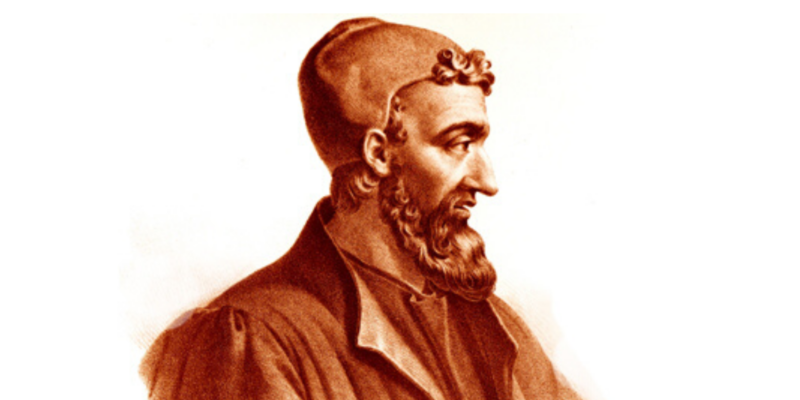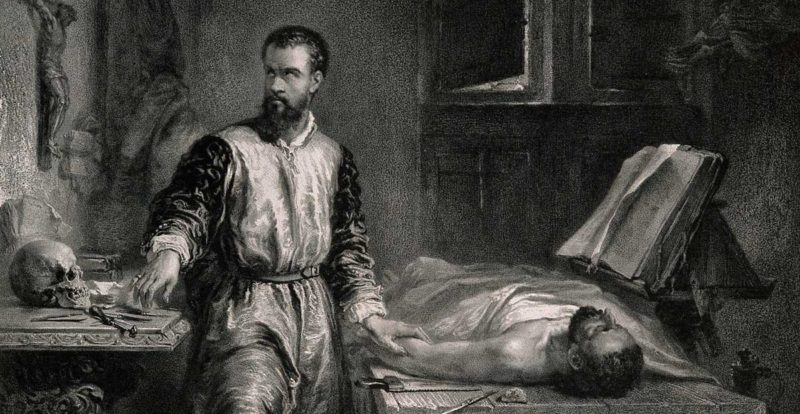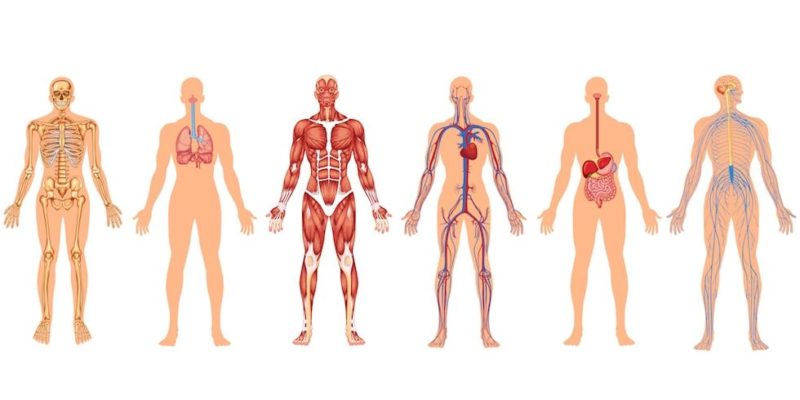We explain what anatomy is, its interests and the branches into which it is divided. Also, what are its characteristics and why is it important.
What is anatomy?
Anatomy is called the branch of biology that studies the body structure of living beings , that is, the shape, location, interrelation and appearance of the parts and organs that make up their bodies . Its name comes from the Greek words aná ("up") and témnein ("cut"), since it began with the observation of the interior of the body of living beings .Anatomy is considered one of the basic or "preclinical" sciences of medicine . It arose as a concern in search of knowledge long before there was the idea that human beings can intervene in the functioning of our bodies and thus heal ourselves from any ailment.
Anatomy is very close to physiology , a science that deals with understanding the function of the body parts of living beings. Scientists specializing in anatomy are known as anatomists, although the term "anatomical" is also accepted.
First steps of anatomy
 The founder of the medical sciences was the Greek physician Hippocrates (c. 460 BC - c. 370 BC).
The founder of the medical sciences was the Greek physician Hippocrates (c. 460 BC - c. 370 BC).However, the first student of anatomy was Galen of Pergamum (129 - c. 216) or Claudius Galenus.
He was a Greek philosopher, physician, and surgeon, who lived in the Roman Empire .
He is considered the father of anatomy and physiology , among other branches of medicine.
He wrote more than 125 volumes on the subject , the result of his innumerable investigations on the human body and that of different animals , especially goats, pigs and monkeys . He came to understand the function of the kidneys and the bladder, of muscular control by the spine. In addition, he identified seven pairs of cranial nerves.
History of anatomy
 Interest in the interior of the human body and animals dates back to the earliest times , as evidenced by the many cave paintings depicting the interior of animals such as mammoths and equines. However, its formal study dates back to two traditions:
Interest in the interior of the human body and animals dates back to the earliest times , as evidenced by the many cave paintings depicting the interior of animals such as mammoths and equines. However, its formal study dates back to two traditions:
- The western one. Born in Greco-Roman Antiquity, especially from the studies of Hippocrates and Galen.
- The eastern. Its starting point is the studies contained in the Charaka Samhita (2nd century), an extensive work on internal medicine written by Charaka-Samjita, father of Ayurveda medicine and discoverer of the circulatory system in the 3rd century.
The emergence of anatomy as a science occurred at the end of medieval Europe . With the end of the religious dominance of Christianity , interest in reason and classical studies spread in the West . Thus, faced with a physical ailment, prayers and faith in God were replaced by medical intervention.
Modern medicine is based on the studies of Andreas Vesalius, father of modern anatomy . This Flemish anatomist questioned many of Galen's assertions, still valid in the 16th century.
Vesalius captured his discoveries about the human body in his De humani corporis fabrica libri septem ("On the structure of the human body in seven books"), accompanied by drawings and published in 1543. This work began the anatomical study as we understand it today in day.
What does anatomy study?
Anatomy is dedicated to the study of the organic body , that is, the living body, and especially the human body. Its purpose is the description of the various organs that make up the body of living beings in terms of location, appearance, relationship and structure.
These investigations often require dissection of the body , which can be real or simulated, as in the case of CT scans and other contemporary methods. The descriptions of the body are made taking it as an organized whole, but also in parts.
Branches of anatomy

The anatomy has a wide number of branches or subdivisions, centered on certain types of living bodies, or in its specific focus on them. For example:
- Descriptive anatomy. Also known as systematics, it understands the body as a set of interrelated systems , and attempts to describe which organs make up each system.
- Surgical anatomy. It studies the tissues and structures of the body, with a view to the possibility of surgical or medical intervention.
- Comparative anatomy. From the comparison of the human body and that of the animals, he obtains conclusions regarding their similarities, differences and possible evolutionary history.
- Developmental anatomy. Part of the so-called embryology, focuses on the gradual conformation of the parts of the living body during the prenatal stages.
- Functional anatomy. Also called physiology, it studies the organs according to their functioning.
Anatomy and physiology
Anatomy and physiology are separate disciplines, but with a very closely related approach . The former describes the location, shape, and appearance of the body's organs, while physiology focuses on their respective functions.
However, the shape, location and appearance of the organs respond to their specific functions. Therefore, we can consider them as two sides of the same coin .
Human anatomy

Human anatomy is an approach to anatomy that specifically addresses the human body. It is relatively similar to animal anatomy , in the sense that the body of all living beings can be organized into hierarchical and interrelated systems, such as the immune , cardiovascular, digestive, etc.
On the other hand, human anatomy allows us to visualize the unique characteristics of our biology , such as those concerning the brain , the most powerful of all those that exist in nature. Human anatomy is also central to any type of medicine, since to treat the human body it is necessary to know it first.
Animal anatomy
Animal anatomy is also a specific field of general anatomy, which is interested in the anatomy of animals, different from the human one. In this sense, animals being much more diverse and varied than human beings, it is a much more vast and complex approach.
It can specialize in animals of any type: from insects , reptiles and birds , to mammals with which humans share the greatest number of characteristics. Logically, it is a perspective of interest to zoology and veterinary medicine.
Plant anatomy

Just as there is an anatomical approach towards animals, it is possible to find an equivalent in botany, which is interested in the description of the different types plants : trees, shrubs, etc . In principle, this perspective is like the others: it tries to understand the interior of the body of plants , to know how they work.
Why is anatomy important?

Anatomy is one of the pillars of medicine, biology and other sciences derived from these. This is because the knowledge of one's own body and the body of other living beings is the basis of many forms of their manipulation or our interaction with them.
To them we owe in the first place the understanding of the normal functioning of the human body and other living beings. But in addition, the search for a cure for diseases and the solution of specific ailments is based on it.
Auxiliary Sciences
The study of the body of anatomy complements and at the same time feeds the specific fields of knowledge of other sciences with a more specific focus. These include osteology (study of bones ), arthrology (study of joints) and myology (study of muscles ).
It is also essential for sciences focused on the functioning of a specific organ. For example, it is used in cardiology ( heart ) , gastroenterology ( digestive system ), pneumonology (lungs), etc.
The above content published at Collaborative Research Group is for informational and educational purposes only and has been developed by referring reliable sources and recommendations from technology experts. We do not have any contact with official entities nor do we intend to replace the information that they emit.
She has pursued her studies in The United States, where she has graduated in Business and Economics and is currently finishing her Master studies in International Economics and Finance. Miss. Amputee is fluent in three languages: English, Spanish and Russian and has elementary knowledge of French and Italian. She love exploring how Collaborative Research Group can become the best tool to achieve the (necessary) educational change. .
Leave a reply
Your email address will not be published. Required fields are marked *Recent post

Sport: What Is It, Types, Risks, Features, Characteristics and Examples

Dogs: Emergence, Features, Characteristics, Feeding and Breeds

Story: Definition, Elements, Structure, Features and Characteristics

